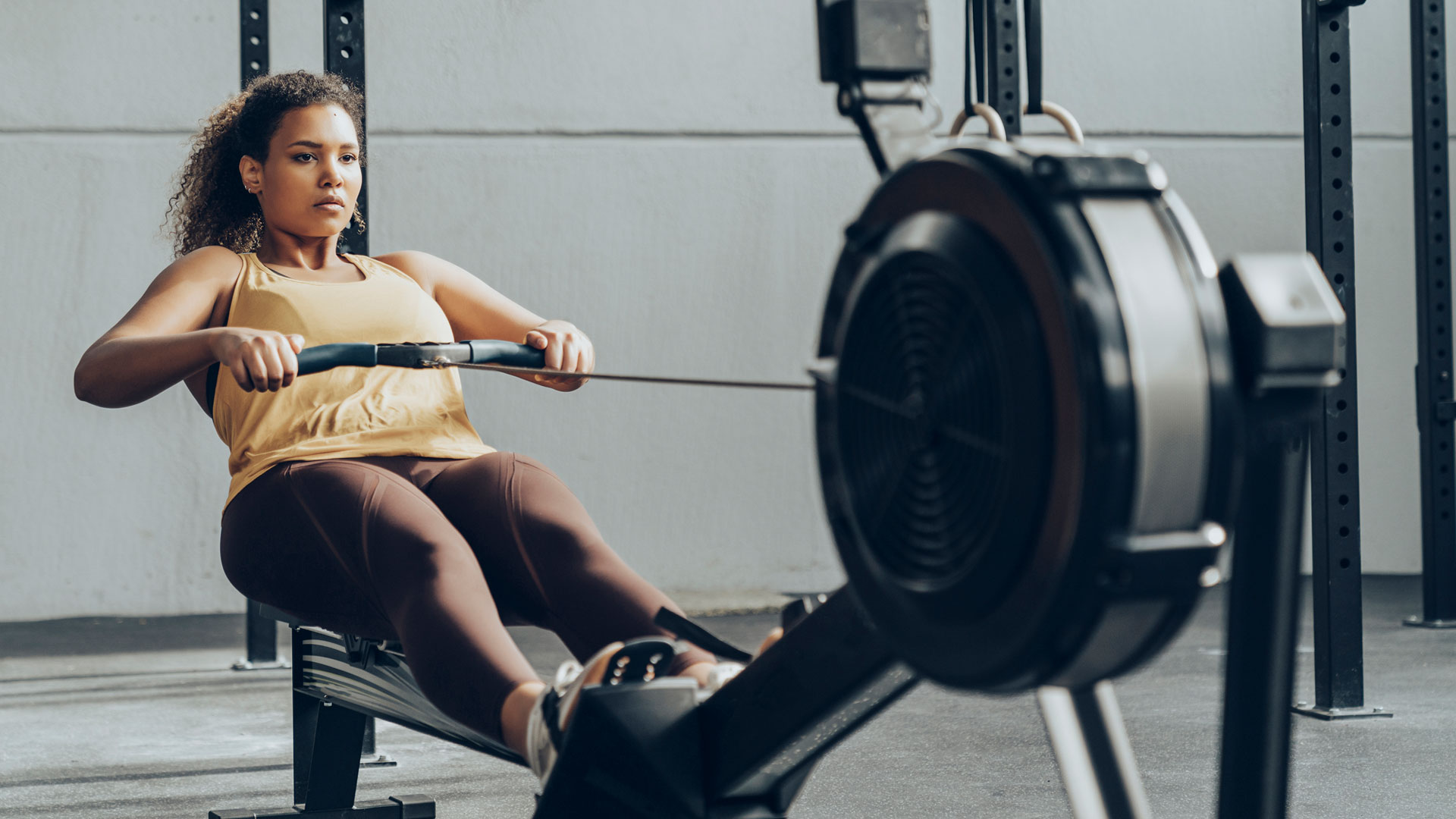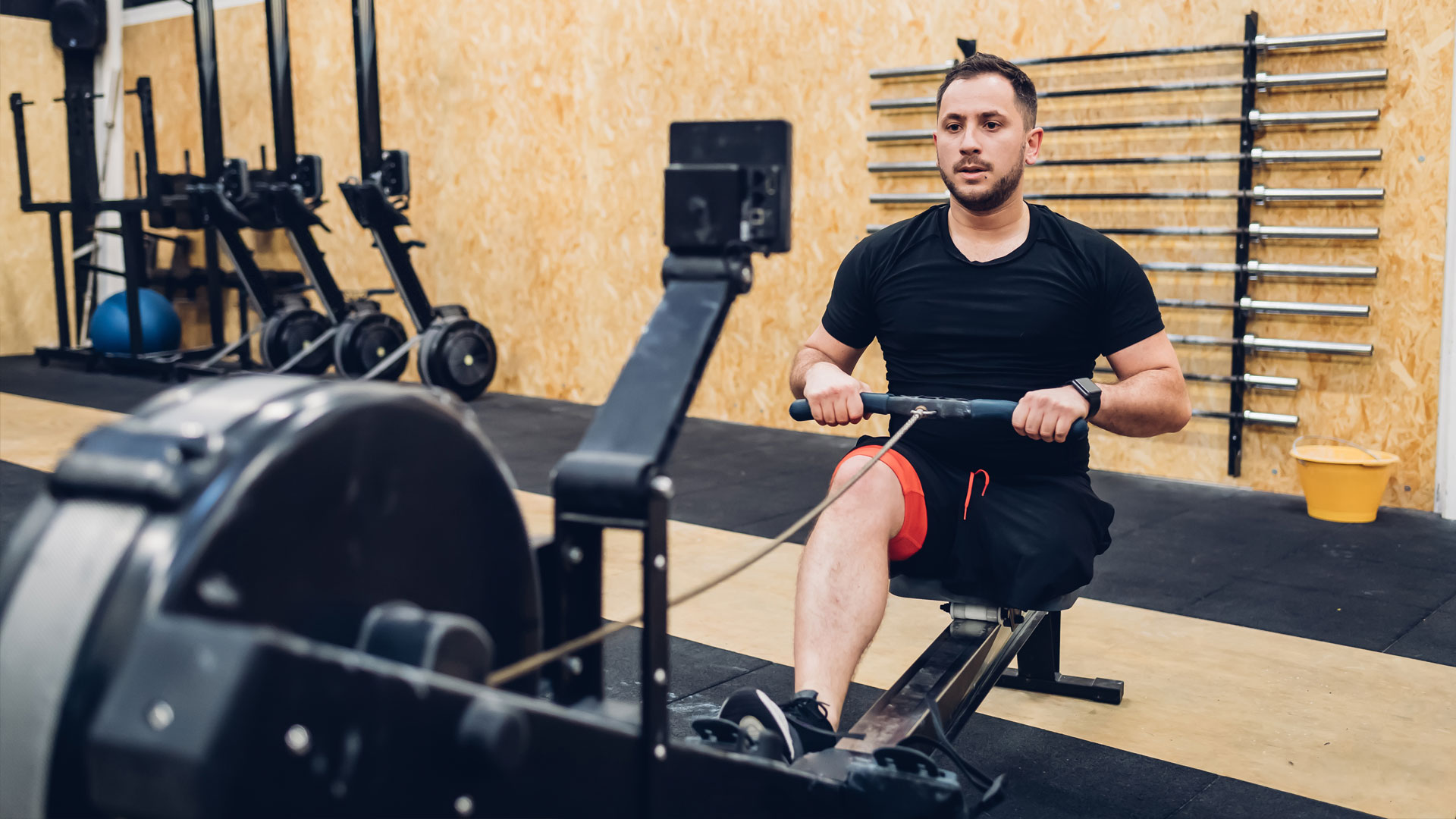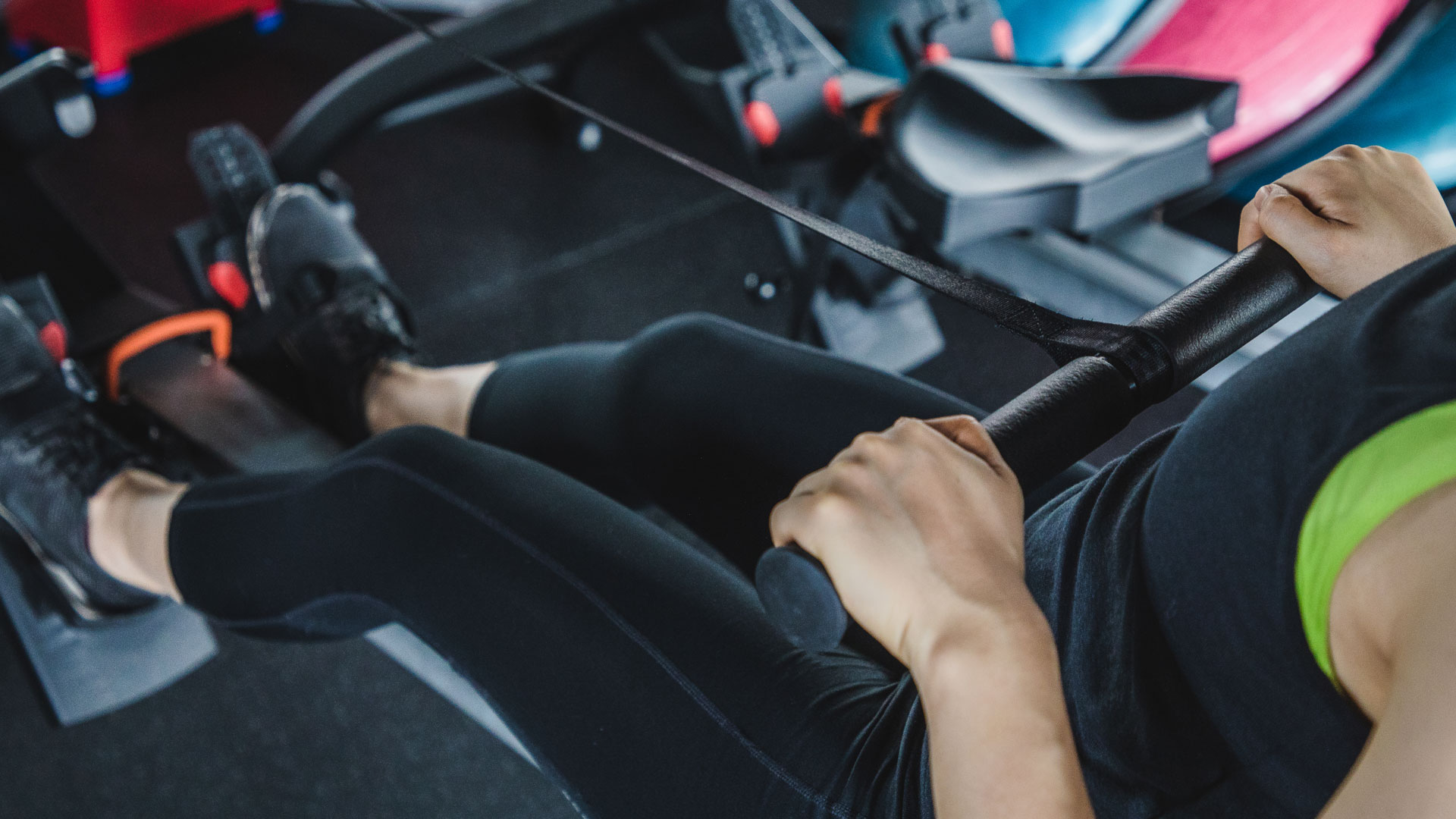What are the muscles worked by rowing machines?
Discover what are the muscles worked by rowing machines, according to science and experts


Becks Shepherd
Wondering what are the muscles worked by rowing machines? You might be thinking a quick blast on one of the best rowing machines only activates your upper body. But you’d be wrong.
Along with working your arms, rowing also challenges your abs, hamstrings, glutes, quads, and shoulder muscles. And what’s more, a workout on a rowing machine not only counts as a form of cardiovascular exercise, it ticks the box of strength training too. This form of high-intensity workout is classed as low-impact. So if you’re living with joint issues, recovering from an injury, or just prefer to forgo high-impact exercises, rowing could be an accessible option for you.
Plus, along with being a great way to fully condition your body, a rowing machine offers a quieter and more neighbor-friendly way to exercise – especially if you intend to do so at home. But first: to discover what are the muscles worked by rowing machines, how you can optimize your rowing machine workouts, and how you can target the different muscles in your body, keep reading.
What are the muscles worked by rowing machines?
Sekia Mangum, NASM certified personal trainer and coach at Orangetheory Fitness explains that: "rowing is a full-body, low-impact endurance machine that works more than 80% of the muscles in your body to improve power and strength. When the handles come in, the muscles used are the triceps, the abdominals, the calves, and the hamstrings. The push movement works shoulders, abs, rear deltoids (back of the shoulder), lower back, quads, and glutes." More than just an upper body workout, the muscles worked by rowing machines encompass nine major muscle groups according to the American Fitness Professionals & Associates (AFPA), which adds up to an efficient way to workout.
To explore the muscles worked by rowing machines, we’ll need to break down the movement of a rowing stroke. According to the American Council on Exercise, there are four different phases: the catch, the drive, the finish, and recovery.
The catch is the starting position where you’ll be seated close to the machine with your knees tucked into the chest. This activates the triceps, back muscles, and shoulder blades as you reach for the handlebar as well as targeting the glutes, hamstrings, and calves.
Next, the drive is when you push off from the footrest with force until your legs are almost fully extended. Initiate the movement from your legs rather than your hands and don’t forget to activate the core. This phase targets the arms, shoulders and back.
Start your week with achievable workout ideas, health tips and wellbeing advice in your inbox.
The finish is an extension of the drive when you move your arms back and lean the upper body back slightly, activating your core muscles to stabilize the body. The clue is in the name of the recovery phase, which allows your body to rest to produce the power for the next drive. Mangum recommends catching your breath on the way back so you don’t tire too quickly. You’ll return to the starting position while turning on the glutes, hamstrings and triceps.
Rowing machines activate almost all of the muscles in the body. Yet there are a few areas that it has minimal effect on such as the chest, the hip adductors and abductors. You’ll want to incorporate exercises that target these muscles to complement your rowing machine workouts.

How can you optimize your rowing machine workouts?
Many find the rowing machine intimidating, but practice makes perfect. Once you’ve got the hang of it, you can focus on a fluid transition between the four phases. The American Fitness Professionals and Associates (AFPA) suggests rowing machines should be 65% - 70% leg work and 25% - 35% upper bodywork.
Learning proper technique can help you maximize your rowing machine workouts and reduce the risk of injury. Start slowly and take a rest once you can no longer maintain the correct form. Sekia recommended that: "lower stroke rates are best to build strength." Here’s how to activate each of the key muscles.

Abs
The abs are responsible for holding your body upright and maintaining stability during the movement. Don’t forget to activate the core during the drive phase and try to avoid rounding the shoulders. It’s important to engage your abs to minimize strain on your lower back. Off the rowing machine, Mangum recommends building up your core strength by performing isolated ab workouts.
Glutes
The glutes are the biggest muscle in the body and can help generate the power needed for the drive phase. Make sure to engage them when you push off from the foot pedal. Try exercises like squats and lunges to strengthen your glutes while off the rowing machine.

Legs
Mangum explains that she likes "to tell new rower users that it's primarily a push movement and not a pull movement." The majority of the power should come from your legs rather than yanking the handle back. In the drive phase, the sequence of movement is critical to ensure you’re generating power from your legs. Push back from your legs first, then lean back and allow your arms to follow. 2012 research published in the European Journal of Applied Physiology proves that rowing machines are particularly effective in activating the quads.
Chest
While rowing machines do engage muscles in the chest including the pecs, they do not activate them as intensely as other muscle groups. One option is to perform supersets, alternating between an exercise that activates the chest such as a push-up and rowing. This can help you make the most of your workout as your chest muscles can recover while you row.
So whatever your goals, rowing machines can help you achieve them. All of the muscles worked by rowing machines make this a time-efficient workout that you can fit into your routine.

Louise Bond is a UK-based writer specializing in health and wellbeing. She has over eight years of experience in management within health and care and brings this passion and expertise to her writing. Louise has been published in The Guardian, Live Science, Fit & Well, Tom’s Guide, T3, Top Ten Reviews, Planet Mindful, Breathe, and Psychreg. She is happiest when she is out in nature, whether that’s on an invigorating hike or pottering in the garden.